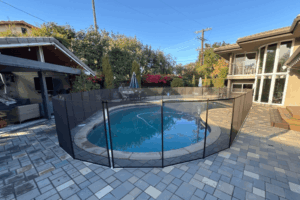
Should You Replace Your Pool Fence or Just Upgrade the Parts?
Wondering if your pool fence needs a full replacement or just a few upgraded parts? Learn how to inspect your system and restore safety without overspending.
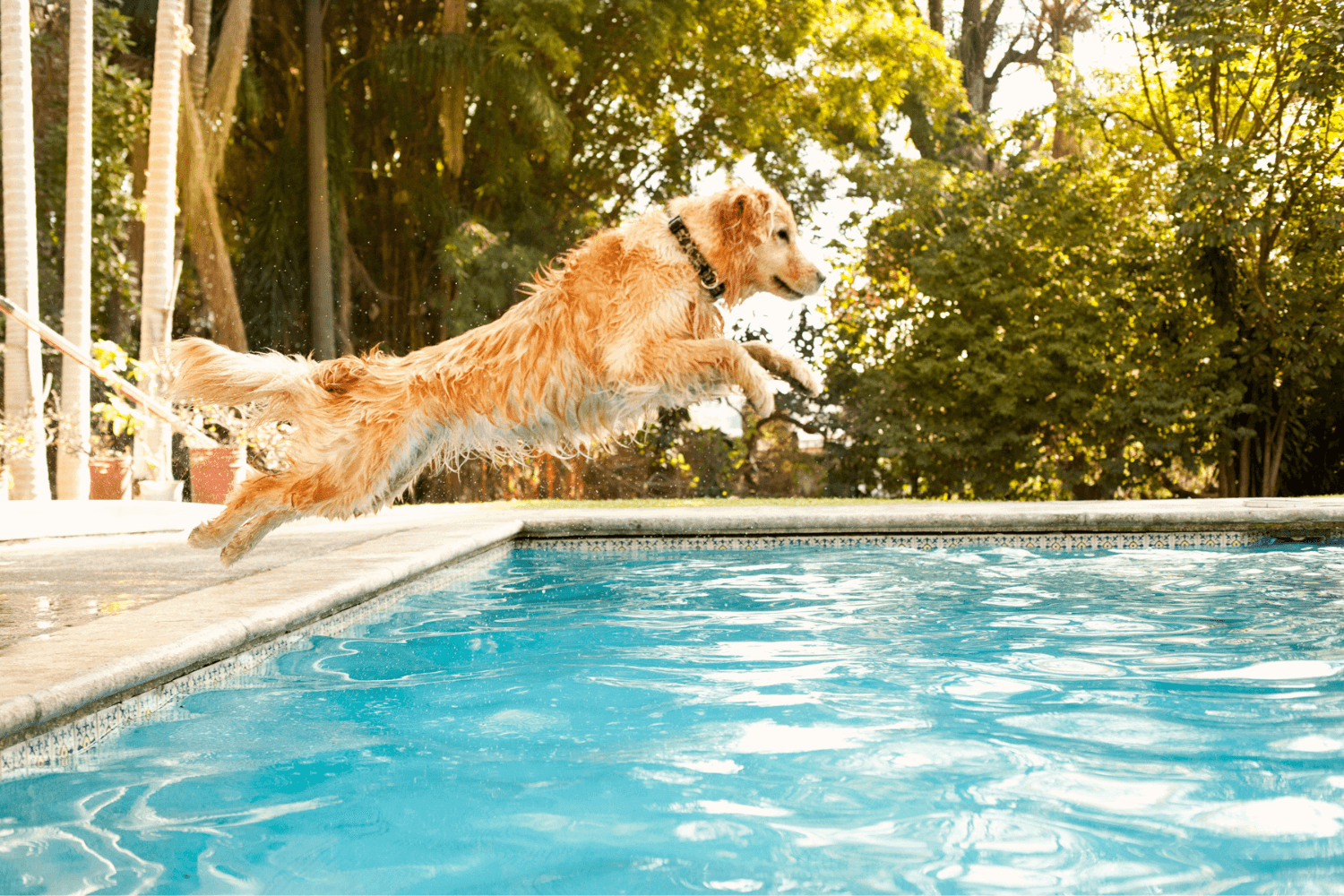
For many pet owners, the backyard pool is a place of joy for splashing, sunbathing, and quality time with furry companions. But beneath that playful surface lies a lesser-known danger: thousands of family pets drown in swimming pools each year. Dogs and cats, even those who love water, can become disoriented or exhausted if they can’t find an exit or footing.
Unlike lakes or ponds with natural slopes, pools often have sheer walls and slick tile edges that make climbing out nearly impossible for animals. Dogs may panic when they realize there’s no shallow edge to paddle toward, while cats often slip in at night during their stealthy explorations and can’t escape. The solution? A multi-layered approach to safety that includes barriers, training, and supervision.
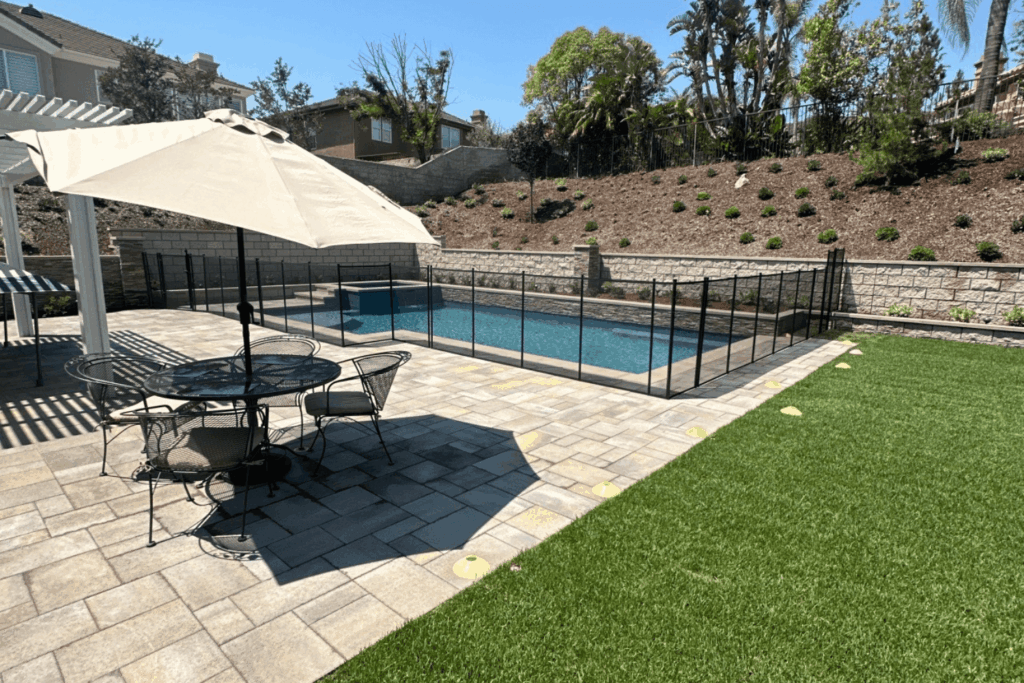
A secure pool fence is the first and most crucial layer of pet pool protection. Even the most well-behaved pets can act unpredictably near water. Installing a dog pool fence explicitly designed with pets in mind can make a life-saving difference.
Unlike permanent wood or metal fencing, mesh pool fences offer a clear view of your backyard while still protecting your pets. At All-Safe, our pet-friendly DIY pool fence kits are designed to be easy to install, tough against curious paws, and compliant with safety standards.
A fence isn’t just about protection; it’s peace of mind every time you open the back door.
Even with a fence, accidents happen. A moment of distraction, a visitor who forgets to latch a gate, or a determined pet can lead to a splash. That’s why teaching your dog or cat how to find the exit is critical.
Start by leading your pet to the pool steps. Use a cheerful voice and reward them with praise or a treat when they touch the first step. Tap it to draw attention, and repeat the motion several times per session. For dogs, this process usually takes less than a week. For cats, training may require more patience, but gentle repetition works.
Placing a bright doormat or textured pad on the top step creates a strong visual cue that pets can remember. Once they associate that marker with safety, their chances of escaping independently rise dramatically.
Short, positive sessions work best. End on a win, and consistently praise success, even if it’s small progress.
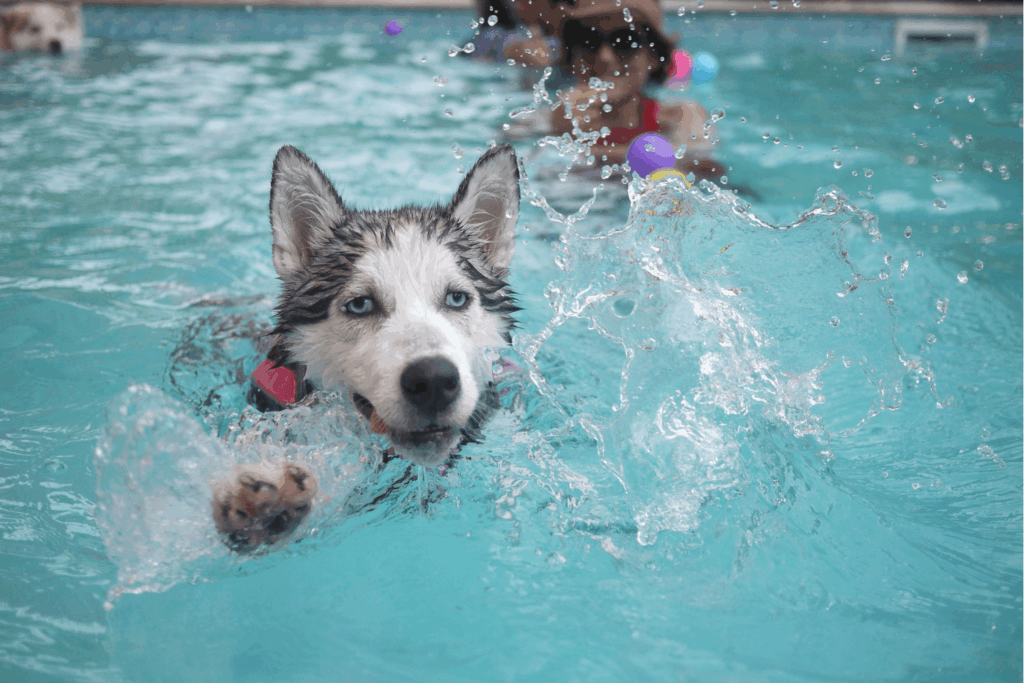
The most preventable accidents happen when no one’s watching. Just as you wouldn’t leave a toddler unattended near the pool, the same rule applies to your pets. Even strong swimmers can get stuck or fatigued, especially older dogs or those with joint issues.
This simple practice makes a big difference. Over time, it becomes part of your poolside routine and reinforces safe habits for everyone in the household.
Some pets love water but aren’t strong swimmers, and others have medical conditions that make exiting the pool more difficult. That’s where safety gear comes in.
These tools are especially useful for vacation homes, foster pets, or introducing new animals to a pool environment.
A well-maintained pool isn’t just about water quality; it directly affects pet safety. Slick algae at the waterline or clogged skimmers can quickly create hazards.
Make it a habit to:
Clean, functional equipment helps your pets interact with the pool safely and keeps your water sparkling, too.
We all hope we never have to deal with an emergency, but a few basic preparations can mean the difference between panic and action.
Here’s a 60-second prep list:
You may never need them, but having them nearby could be life-saving.
Pets thrive on positive reinforcement. That’s why the best safety training is built into play. Toss a floating toy near the steps, cheer when your dog climbs out successfully, and let these mini-games become part of your summer fun.
You’re not just teaching your pets safety skills; you’re also building trust and confidence. The more familiar your pets are with the pool, the calmer they’ll be if something unexpected happens.
Pet pool safety doesn’t require major remodeling; it just takes planning, consistency, and the right tools. A secure fence, simple training, and attentive supervision go a long way in preventing accidents and giving your pets the freedom to enjoy your backyard.
Whether you’re welcoming a new puppy, caring for a senior cat, or just planning for peace of mind, All-Safe is here to help. Explore our pet-friendly pool fence options, learn more about our DIY pool fence kits, or request a free quote today.
Let your pets enjoy the pool safely, happily, and with your full confidence.

Wondering if your pool fence needs a full replacement or just a few upgraded parts? Learn how to inspect your system and restore safety without overspending.
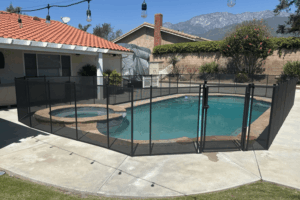
Pool safety doesn’t have to mean overspending. Explore smart, cost-effective ways to secure your pool area, including durable DIY fence kits from All-Safe.

Wondering if you can install a pool fence without drilling into your deck? We break down your options and explain how All-Safe’s removable fencing keeps your pool secure with minimal impact.
Enter your zip code to locate an independent installer in your area
Enter your zip code to locate an independent installer in your area
Enter in your zip code to let us know where your pool is located.
Due to the many variations in monitors, phones, and browsers, color samples and product examples may appear different on different screens. Computers and mobile devices are not all calibrated equally and color reproduction on the Internet is not precise. The same is true for printed items such as brochures and other sales literature.
In addition, the colors of our products photograph differently under different lighting conditions. For example, photos taken in full sunlight will vary from photos taken on a cloudy or overcast day. Similarly, shadows from nearby objects can affect the color and transparency of our products. If a precise color or specific shade is important, please inspect the actual color of your product prior to installation.
Many of our products’ materials are not available through typical stores and vendors and therefore must be custom manufactured specifically for our use. In order to control costs and provide you with the best value possible, our raw materials are produced in large batches and can often take several months to receive. The colors of our materials can, and often do, vary slightly from batch to batch. Although we make every effort to minimize color variations, we cannot be responsible for these differences when they occur. If a precise color or specific shade is important, please inspect the actual color of your product prior to installation.
For example, we use the name “putty” to describe some of our products. Your idea of the color “putty” may be different than someone else’s idea of “putty”. In addition, products may have the same color name but may not be the exact same color. For example, we have different shades of “black”. Please do not order using color names as your only guide. If a precise color or specific shade is important, please inspect the actual color of your product prior to installation.
If it is important that your product be an exact color or shade, it is highly recommended that you inspect the actual product prior to its installation and address any concerns with your local independent installer. Most independent installers do not offer refunds or accept returns due to color variations.